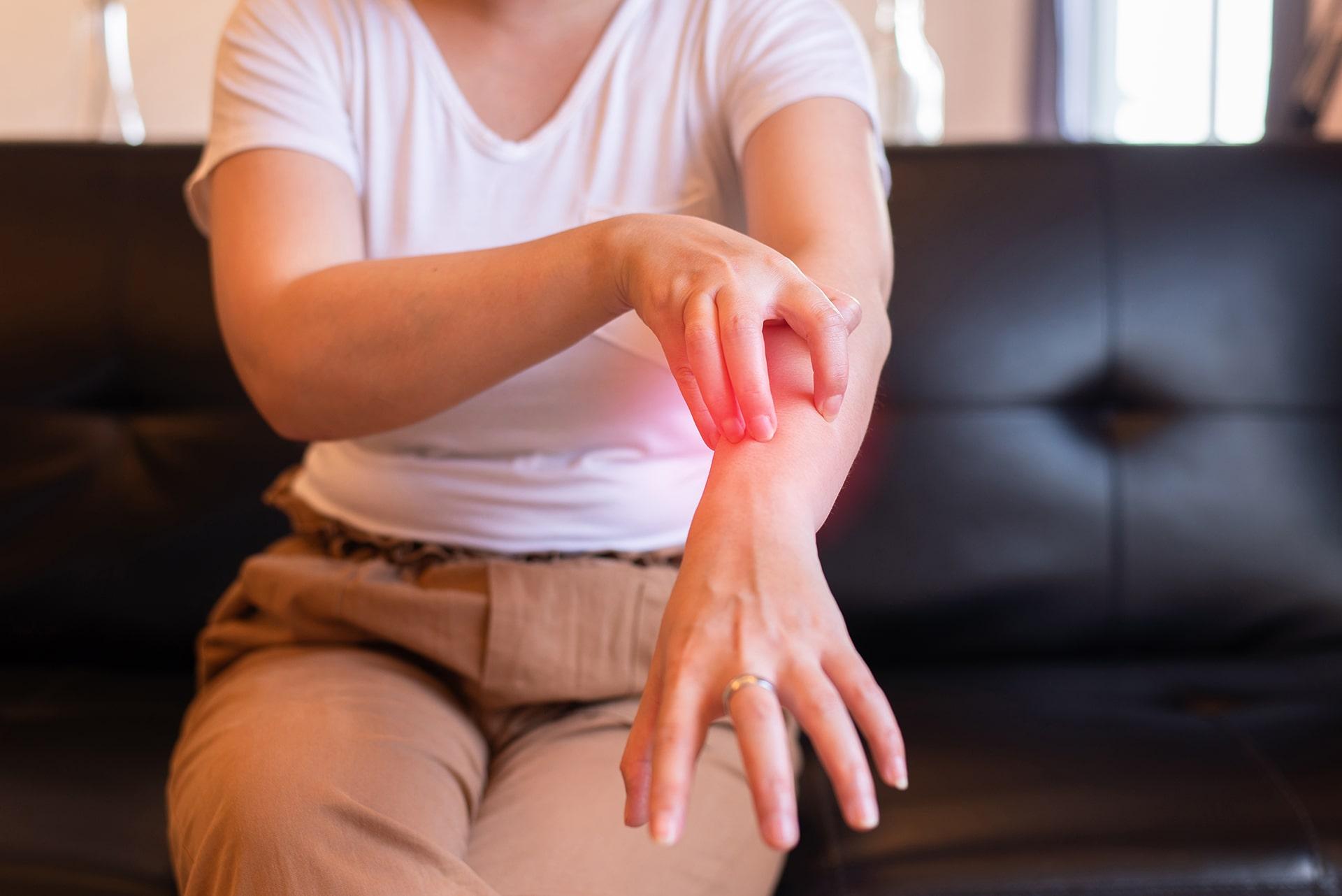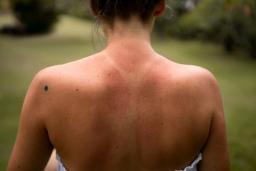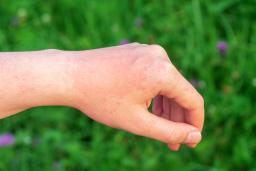Got Winter Rashes? Here is How to Diagnose, Treat and Prevent it
Key Takeaways
- Winter rash is caused by loss of moisture and oils from the skin
- Eczema and dermatitis are pre-existing causes of winter skin rash
- Applying natural oils is an effective winter rash treatment option
The end of the year is near, and the winter months have set in. Dropping temperatures take a toll on your body, causing ailments like cold and cough. Winter months are also infamous for affecting skin health. They reduce the moisture in your skin and can cause a winter rashes.
Winter skin rash pictures on the internet can be scary. Remember, it is just a patch of irritated skin caused by dryness. You can have healthy skin all year long and still get a winter rashes on hands. You may also get a winter rash on the face or other body parts every winter.
This is a common occurrence, which you can treat easily. But without any preventative measures, a winter skin rash can last the entire season. Thankfully, there are effective home remedies for skin rashes<span data-contrast="none"> that can help you prevent and treat them. Read on to know more about winter dry skin rash, its symptoms, causes, and treatment.
Additional Read: Dry Skin Causes: 7 Essential Tips for Dry Skin ProblemsWhat causes a winter skin rashes?
Loss of moisture and oil from the skin is the primary cause of winter rashes. The natural oils and water in the skin form a protective layer. This keeps the skin supple and fresh, ensuring that it retains moisture.
But cold air and dropping temperatures in the winter month suck the skin of its natural oil and water. Moreover, warm air from heaters dries the skin further. At times, this can block pores, retaining sweat and dirt. This can cause heat rash in winter months.
Lifestyle choices, pre-existing medical conditions, and certain medicines can also cause winter rash. Even the sun’s ultraviolet rays can cause winter skin rash. So, ensure that you apply sunscreen if you are at a higher altitude.
Some other causes of winter rashes include the following.
- Experiencing fatigue and exhaustion
- Effects of excess stress
- Sensitivity to certain soaps, antibacterial soaps, detergents, and deodorants
- Allergy to latex and latex products
- Symptoms of a viral or bacterial infection
- Reaction to certain treatments and medications
- Overuse of sanitizers and cleaning agents
A winter rash though itchy and irritating is easy to treat. There are many over-the-counter winter rashes treatment options.

What are the symptoms of winter dry skin rash?
Winter skin rash mainly occurs on the hands and legs, as they are exposed to cold temperatures. A winter rash usually affects a small area of the body. In extreme cases, it can affect the entire body. But, it is easy to spot, making it easier to treat before it worsens. It has apparent symptoms that you can spot easily. The following are the symptoms of winter rashes.
- Blisters
- Bumps
- Swelling
- Redness
- Flaking itching
- Scaly and rough patches on the skin
- Inflammation
You can resort to OTC measures before the rash spreads or worsens. But it is best to visit a doctor before opting for any self-treatment.
How to diagnose a winter rash?
It is easy to spot a winter rash but knowing its cause can be tricky. And you cannot treat the condition without knowing its cause. So, your doctor will examine your symptoms. Usually, dry skin due to dropping temperatures causes a winter rash. However, it can be an allergic reaction to a soap, skincare product, or detergent in some cases. Here, the doctor may order a patch test for allergies. Even pre-existing skin conditions like eczema, dermatitis, or psoriasis can cause winter rashes. In such cases, doctors evaluate your medical history. They may also order a skin biopsy or genetic testing to confirm the diagnosis.
How to treat a winter skin rash?
Winter rashes treatment includes a blend of topical and OTC medication. You do not need a prescription for any of the following winter rashes treatment options.
- Use petroleum jelly: Apply petroleum jelly on the affected area. It forms a protective shield that retains and seals in the moisture.
- Moisturize daily: This should be a daily skincare practice during the winter months. Moisturize after a bath or before stepping out to prevent dry skin.
- Apply natural oils: Natural oils like coconut and olive oil help keep the skin hydrated and moist. They also soothe itching and irritation caused by a winter rash.
- Get topical cortisone creams: They help heal inflammation, itching and reduce redness. Ensure that you apply only to the affected area and as per the instructions.
How to prevent a winter skin rash?
Dry skin is the primary cause of a winter rash. So, you can use these tips for dry skin<span data-contrast="none"> prevention.
- Use a humidifier at home to add moisture in the air
- Wear breathable clothes made from natural fabrics like cotton
- Apply sunscreen and take precautions to avoid direct exposure to UV rays
- Opt for natural soaps made from Shea butter, olive oil, and glycerin
- Drink enough water and avoid taking scalding hot showers
- Apply ghee for dry skin prevention and take an oatmeal bath
A winter rash can be irritating, causing constant itchiness. Sometimes, you may even be embarrassed by winter rashes on the face. While most winter skin rashes are just a nuisance, certain ones require immediate medical attention. To know which one you have, book an online dermatologist consultation on Bajaj Finserv Health. Talk to the best specialists near you without leaving home. This way, you can ensure your health comes first without compromising your safety.
- https://search.informit.org/doi/abs/10.3316/ielapa.427092039025789
- https://pubmed.ncbi.nlm.nih.gov/28078772/
Please note that this article is solely meant for informational purposes and Bajaj Finserv Health Limited (“BFHL”) does not shoulder any responsibility of the views/advice/information expressed/given by the writer/reviewer/originator. This article should not be considered as a substitute for any medical advice, diagnosis or treatment. Always consult with your trusted physician/qualified healthcare professional to evaluate your medical condition. The above article has been reviewed by a qualified doctor and BFHL is not responsible for any damages for any information or services provided by any third party.



